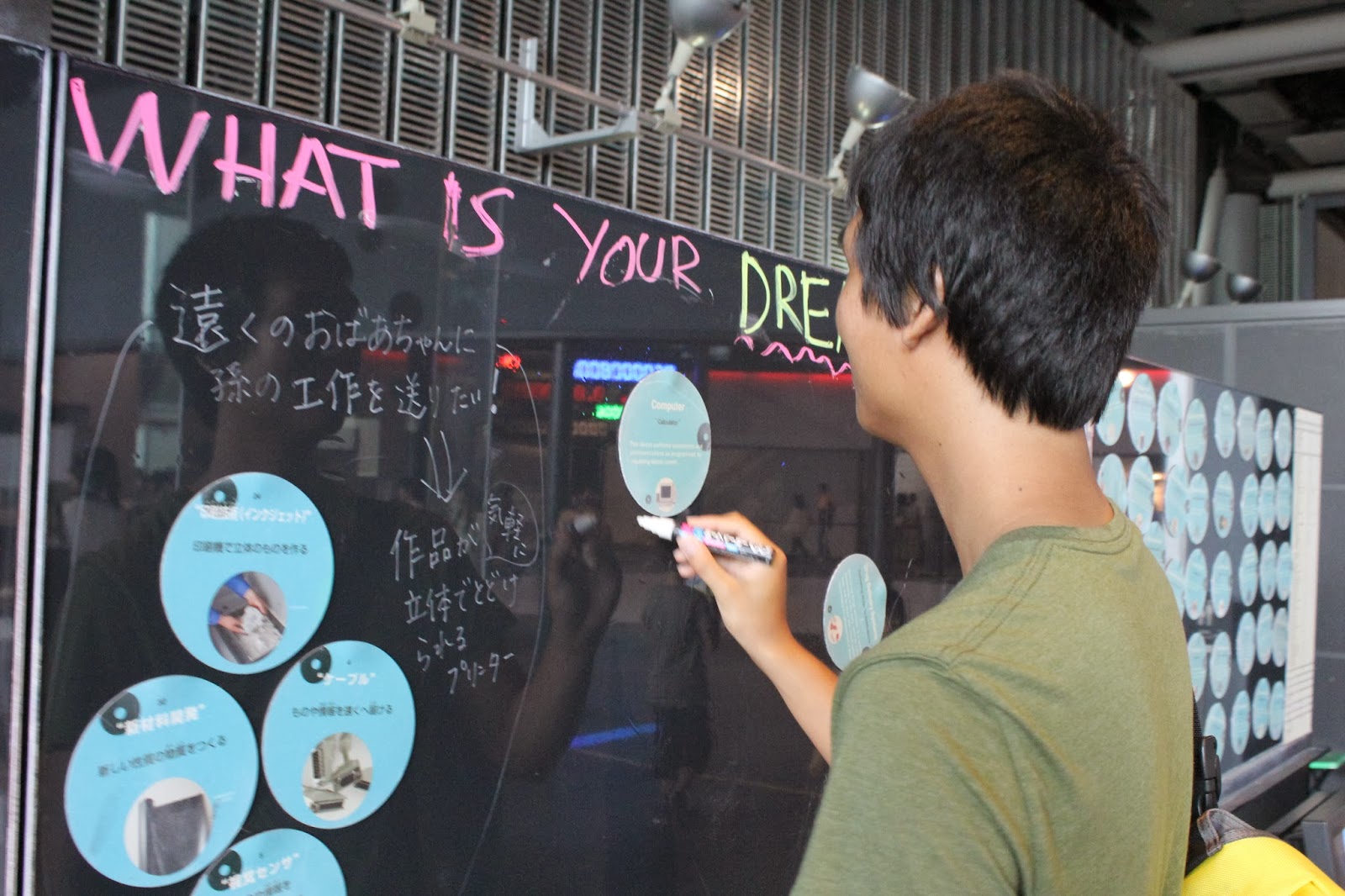Before the experience...
After looking at the Flixster app on my phone, we decided to see Hayao Miyazaki's The Wind Rises- partly because of the content, partly because of the convenient showing time. See the trailer for this movie below:
During the experience...
When we arrived and finally found parking in the back lot, I placed bags of arare and furikake for our popcorn into my purse- shhhh, don't tell! It was on sale at Longs for $1.50, compared to the small bag that is sold at the theater for over $4.00.
After waiting in a very long line to purchase tickets, we made it up to the ticket window. We attempted to use movie passes, but were denied because it was a new release. We decided to just go for it and pay $11.50 each (yikes!) to see the movie.
What's a movie without popcorn, right? We paid another $13 for a large popcorn and soda. Since we were already running behind, we separated the popcorn into boxes prior to heading into the theater.
It's been awhile since I've seen a Miyazaki film, and I thoroughly enjoyed the experience. I was particularly interested with how emotions were depicted in the cartoon-like characters. There were many silent scenes during the movie, as compared to the busy storylines of American movies.
Overall, I'm thankful that we can afford to head to the movies on a whim like this. However, I often wonder why prices at the theater are so high. I wouldn't consider myself to be particularly cheap, but I do struggle to spend that much cash on one leisure activity. Any thoughts? Am I alone on this?










